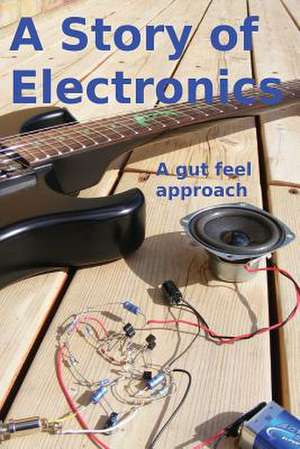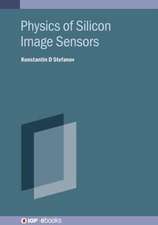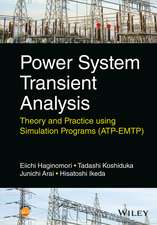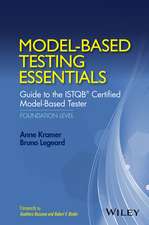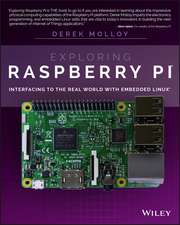A Story of Electronics
Autor Robin Painen Limba Engleză Paperback
Preț: 325.75 lei
Nou
Puncte Express: 489
Preț estimativ în valută:
62.33€ • 65.25$ • 51.58£
62.33€ • 65.25$ • 51.58£
Carte disponibilă
Livrare economică 15-29 martie
Preluare comenzi: 021 569.72.76
Specificații
ISBN-13: 9781484897416
ISBN-10: 1484897412
Pagini: 258
Dimensiuni: 152 x 229 x 17 mm
Greutate: 0.35 kg
Editura: CreateSpace Independent Publishing Platform
ISBN-10: 1484897412
Pagini: 258
Dimensiuni: 152 x 229 x 17 mm
Greutate: 0.35 kg
Editura: CreateSpace Independent Publishing Platform
